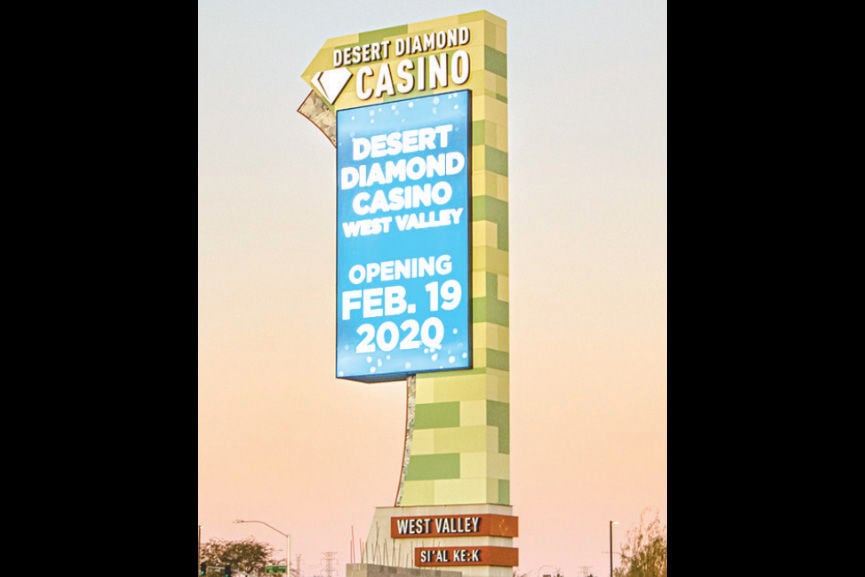Team Diamond Bingo

Team Diamond Bingo Games


Dream Team Bingo bingo card with What does DECA stand for?, Who on the officer team has been on 8 cruises?, What is the greatest streaming release this summer?, Who on the officer team thinks pink is the greatest color?, Who on the officer team runs a baking business?, How many officers are seniors?, What state is the national DECA HQ located?, Who on the officer team attended 4 different. Team Bingo Diamond Armands Macarovskis 2 reviews. Good Good ok All Useful. You've already flagged this Reply from Bingo Diamond. Hi Armands, Thank you for taking the time to leave your review:) We are delighted to hear that you are enjoying your time with us here at Bingo Diamond. Good Luck Team Bingo Diamond. Diamond Mine Megaways Slot is one of Blueprint Gaming titles. It is built on a 6-reel layout and offers quite a few interesting features. Many digging items and diamonds fill the reels held in a wooden frame. You will find pickaxes, a lamp, a bearded miner, spades, a diamond.
Elwood 'Bingo' DeMoss
Diamond Team Buzz Bingo
Elwood DeMoss
Nickname: Bingo
Career: 1910-1930; 1942-1945
Position: 2b, ss, of, p, manager
Teams: Topeka Giants (1905), Kansas City, Kansas Giants (1910), Oklahoma Giants, West Baden Sprudels (1912-1914), Chicago Giants (1913), Indianapolis ABCs (1915-1916, 1926), Bowser's ABCs (1916), Chicago American Giants (1913, 1917-1925), Detroit Stars (1927-1930), All Cubans, Cleveland Giants (1933), Chicago Brown Bombers (1942-1943), Brooklyn Brown Dodgers (1945)
Bats: Right
Throws: Right
Height: 6' 2' Weight: 175
Born: September 5, 1889, Topeka, Kansas
Died: January 26, 1965, Chicago, Illinois
Unquestionably the greatest second baseman in black baseball for the first quarter century, Bingo DeMoss was the consummate ballplayer, excelling at all phases of the game. Very fast on the bases and quick in the field, he could make all the plays, and his style afield served as a model for those who later played the keystone position. DeMoss had quick hands and teamed with Bobby Williams on the Chicago American Giants to form a superlative double-play combination that could turn two 'super quick.' DeMoss would often make the throw to first under his left arm without even looking at first base.
In addition to his impeccable defensive skills, the right-handed line-drive hitter was also productive with the bat, and was at his best in the clutch. Spraying hits to all fields, he recorded batting averages of .316, .316, .303, and .314, in 1915, 1919, 1926, and 1929 in the United States, and a .333 average for his play in the 1915-1916 Cuban winter league.
A scientific clutch hitter with superior bat control and exceptional eye-hand coordination, he was a good contact hitter and could place the ball where he wanted. A natural right-field hitter, he was a skilled hit-and-run artist and a superb bunter, making him an ideal second-place hitter in the lineup. Jocko Conlon, who before becoming an umpire played exhibitions against the Chicago American Giants, said that DeMoss could drop a bunt on a dime. He and Rube Foster's other players would drive Jocko's team crazy.
DeMoss began his career in 1905 with the Topeka Giants, and was a shortstop until he hurt his arm pitching and was shifted to second base for a shorter throw to first base. He made stops with other marginal teams before joining C.I. Taylor's Indianapolis ABCs in 1915.
With the ABCs he quickly established himself as a star player, batting .316 and pilfering 34 bases in 50 games, but the ABCs lost the championship in a closely contested series with Rube Foster's Chicago American Giants. The following season, with both teams being essentially the same, DeMoss finished strong to register a .250 batting average as the ABCs overcame internal management problems and defeated the American Giants in a playoff series rematch to win the 1916 western championship.
The next season he signed with Rube Foster's Chicago American Giants, where his hustle and team play were perfectly compatible with Foster's managerial style. His first year there he hit .258 and stole 24 bases in 51 games on a squad that was possibly the best black baseball team of the deadball era. That winter he played with the Royal Poinciana Hotel team in the Florida winter league, and the following season, as the combat of World War I intensified, he received a 'fourth class' draft classification and was able to remain with the decimated team, but incomplete statistics show only a .201 batting average.
After the war, DeMoss replaced Pete Hill as the captain of the Chicago American Giants and held that position for six years, during which the Chicago American Giants won the first three Negro National League pennants, with DeMoss contributing his usual sterling defensive play while hitting for averages of .286, .261, and .254. Following the 1924 season, because the Indianapolis ABCs had lost so many players to raids by eastern teams, Rube Foster sent DeMoss and George Dixon to the ABCs to balance the league. With DeMoss's departure, Dave Malarcher ascended to the captaincy of the Chicago American Giants.
Playing for the two greatest managers of his day, Bingo absorbed baseball strategy from the masters. A smart, aggressive field general, his leadership contributed to the success of the teams on which he played, and in the latter stages of his career he became a manager, directing the Detroit Stars for six seasons, 1926-1931. At one point in his career he was rumored to be headed to St. Louis as a manager, but instead he chose to go with the Indianapolis ABCs in that capacity in the early spring of 1927. Later in his career he managed teams of lesser quality, including the Brown Bombers in 1943 and the Brooklyn Brown Dodgers in 1945.
Source: James A. Riley, The Biographical Encyclopedia of the Negro Baseball Leagues, New York: Carroll & Graf Publishers, Inc., 1994.